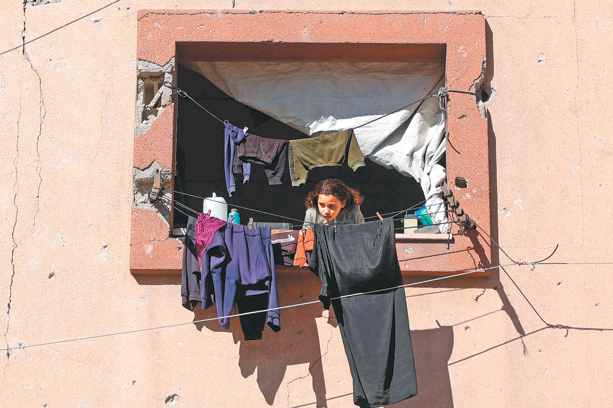Kenya, Tanzania join forces to eradicate trachoma

Kenya and Tanzania have embarked on a joint cross-border mass drug administration exercise to fight trachoma, a contagious bacterial infection that affects the surface of the eyes.
If left untreated, the disease which is currently endemic in 26 African countries develops a scar tissue or ulcer inside the eye surface, leading to irreversible blindness.
Launched on Tuesday, the exercise targets cross-border pastoral Maasai communities living across the two East African neighbors.
The mass distribution of antibiotics will be conducted for five days, targeting an estimated 1.3 million beneficiaries across four counties, Narok and Kajiado in Kenya and Longido and Ngorongoro in Tanzania.
The exercise, which will see 934,665 Kenyans and 386,727 Tanzanians receive treatment, is expected to help in total trachoma elimination efforts in the two countries, which still has a prevalence of six percent according to the World Health Organization.
Wycliffe Omondi, the head of the division of vector borne and neglected tropical diseases at Kenya’s Ministry of Health, said synchronizing drug administration across the two countries remains the most effective way to decisively deal with the disease.
"Giving medication is not the only solution. Integrating other measures like hygiene and environmental cleanliness will go a long way in dealing with the problem," Omondi said during the launch of the exercise on Tuesday at Olposimoru center in Narok west sub-county. "The government is going out of its way to provide medication to community members and I urge them to take it."
According to Kenya’s Ministry of Health, nearly 3.6 million people require antibiotic treatment in both countries for the transmission of bacteria that causes trachoma to be halted.
In Kenya, the disease is endemic in five regions of West Pokot, Turkana, Baringo, Kajiado and Narok counties.
More than 53,200 Kenyans have already been blinded by trachoma but due to consistent implementation of mass drug administration in the country, the situation has seen remarkable gains.
George Kambona, Tanzania’s Neglected Tropical Diseases program manager, said previous efforts by the two countries to deal with the problem independently were ineffective.
He said coordinated efforts between the two governments will ensure the vast majority of the pastoral community is reached.
Peter Otinda, community development specialist at Sightsavers International, a UK charity working to prevent avoidable blindness and one of the partners supporting the initiative, said members of the Maasai community move along the common border in search of pasture for their livestock, making a synchronized cross-border exercise most effective in reaching targeted groups.
Trachoma is spread through direct personal contact, shared towels and clothes and flies that have come in contact with the eyes or nose of an infected person.
The disease is listed by the WHO as one of 20 neglected tropical diseases and is the leading infectious cause of blindness across the globe.
Gambia, Ghana, Morocco and Togo are the only African countries that have been validated by WHO as having eliminated trachoma as a public health problem.
According to WHO, trachoma remains a public health problem in 43 countries worldwide, with an estimated 136 million people living in areas endemic for the disease.
Trachoma is responsible for the blindness or visual impairment of about 1.9 million people across the world.
The disease is found mainly in the poorest and most rural areas of Africa, Central and South America, Asia, Australia and the Middle East.
The African region is disproportionately affected by trachoma, with 116 million people living in at-risk areas according to the WHO.

































